
Kickstarter means that "big brands are at a disadvantage"
Kickstarter has changed the way designers get their products to market and shifted the balance of power between individuals and corporations, according to the crowdfunding website's co-founder and CEO Yancey Strickler (+ interview).
"Big brands are at a disadvantage" since Kickstarter came along, says Strickler, who spoke to Dezeen in London this week on the eve of the site's fifth birthday. "They can throw money at anything. But from a creativity standpoint, an individual designer or a small team is in a far better position."
Strickler said the worlds of product design and manufacturing are now "completely different" since the site, which was originally launched to help get arts projects off the ground, started accepting designers' ideas. "That was the moment of massive growth and it became something else entirely," he told Dezeen.
Kickstarter has also transformed the scale at which manufacturing is possible, Stricker believes, allowing production runs of 50 units instead of the hundreds of thousands required by big supply chains. That "significantly changes what's possible" for designers, he believes.
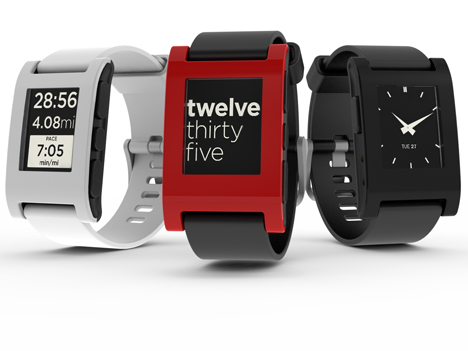
"A big brand is going to go through who knows how many f**king meetings to decide if something's a priority and then they have more meetings and so many iterations and it's got to be like years since the initial idea and the world does not work in years anymore," he said. "So I think there's a way that big brands are at a disadvantage.
Strickler said Kickstarter is also providing a starting point and learning opportunity for people who might not have considered creating and releasing products.
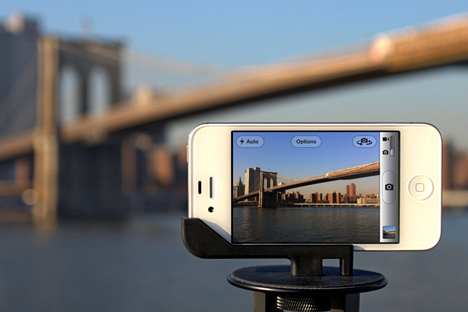
"It's introducing a lot of first-time folks who never thought about product design," he said. "They're starting with the slim wallet, then jumping into something else entirely."
Strickler admitted that people make fun of the "slim wallet category" on the site, but says the simple, fabric product is a great learning tool for prospective designers.
"The slim wallet is actually the perfect training wheel for designing products: you learn the supply chain, you learn how to work with the manufacturer and how to design, but it's relatively low risk," he said.
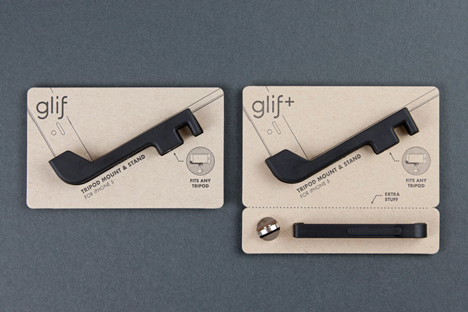
The site's biggest success stories have included Fuseproject's Ouya open-source games console, the Oculus Rift virtual reality headset and a pen that doodles in 3D.
Eric Migicovsky's Pebble smartwatch is still the site's most successful project – raising over $10 million – and Strickler believes that its popularity was partly down to the narrative the designers gave on their page.
"The only thing on the Kickstarter page that really matters is the storytelling," he admitted. "I think Eric did a great job of telling that story and framing it."
Read an edited transcript of the interview below:
Dan Howarth: Tell us what Kickstarter is.
Yancey Strickler: It's a website where people post ideas of things they want to do, or make, or create and other people support them. Generally these ideas will only happen with the support of others; they're the proposals. Each project has its own community with people coming together to make a restaurant, a movie, a game, a product, a theatre production - things like that. It's this huge creative universe.
Dan Howarth: How did it start?
Yancey Strickler: The idea came from my partner Perry Chen in 2002. He was living in New Orleans trying to put on a concert during Jazz Fest. He wanted to bring Kruder & Dorfmeister to come play and he couldn't make it happen. But he came up with the idea to propose the concert to the public, which people could support it if they wanted to, but where they would only be charged money if a critical mass of people decided it was worth doing.
He was really struck by that idea but at the time he was working as a waiter, as a teacher, as a pre-recording engineer and just like hanging out in New Orleans.
In 2005 he moved back to New York where he's from, with intention of really getting this going. Two months after he moved back, we met at a restaurant in Brooklyn where he was waiting tables. At the time I was a music critic and a highly mediocre journalist. He told me about his idea and we began working on it together.
About a year and a half later I met Charles Adler, who's a designer, and the idea began to take on a better shape. Then in April 2009, the site finally launched; at 4:27pm it went live. This week is our fifth birthday. The growth has always been grassroots, just people telling each other. They send an email to their friends and some of their friends back them and it's been entirely the way it's grown for five years.
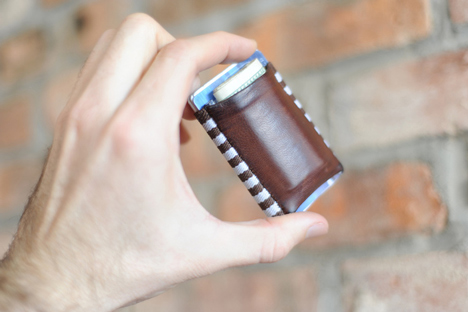
Dan Howarth: What was the first product that got funded on Kickstarter?
Yancey Strickler: The first product design project on Kickstarter was called the Glif. It was launched in September 2010 by two amateur designers named Dan and Tom and it was an iPhone 4 tripod stand. When they first reached out to us, we were actually really confused because it didn't really seem like a Kickstarter project. But it ended up doing very well. They were seeking $10,000 and they ended up raising like $160,000 and that really kicked off this huge wave. I think the world of product design and manufacturing was completely different after that. That was the moment of massive growth and it became something else entirely.
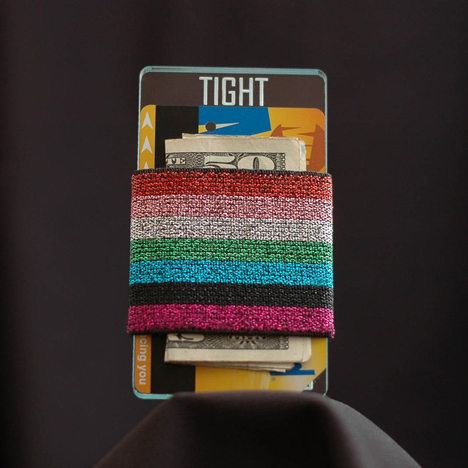
Dan Howarth: How has Kickstarter changed the way designers bring products to market?
Yancey Strickler: I think the first thing it's done is it's considerably widened the funnel of what is viable in terms of units. Viability used to lie at one million plus units, 100,000 plus units. Now it can be 50. I think that significantly changes what's possible.
I think the other things it does is allows people to create designs that solve very specific problems and hopefully not in a TV informercial kind of way, but in a way that also encompasses a sense of aesthetic and beauty as an object. I guess it's the same promise that gets people excited about 3D printing: that we're all capable of producing whatever object we might desire.
When you expand a tool beyond where pure experts might want to use it and just make it really generally available, there's just a lot of weird, wonderful, unanticipated s**t that happens and that's always good. Any time it starts to veer into areas of total unpredictability are pretty exciting and ignorance and naivety are some of the greatest assets you can have when it comes to creating anything.
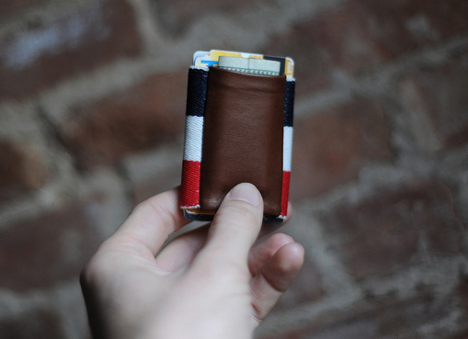
Dan Howarth: Does Kickstarter encourage people who otherwise wouldn't be designers?
Yancey Strickler: One of the things I've been really fascinated by is the slim-wallet category. It's a thing that people make fun of: there are like 500 at any given time. We decided to look into it a little bit and what we are discovering is that the slim wallet is actually the perfect training wheel for designing products: you learn the supply chain, you learn how to work with the manufacturer and how to design, but it's relatively low risk. You just have to work with fabric, you don't have to work with any hard materials and there's only so many ways you can f**k it up basically. But it's that first practice shot of getting a sense of what it's like to be able to produce something at a scale greater than what you can make on your own.
So it's introducing a lot of first-time folks who never thought about product design. They're starting with the slim wallet, then jumping into something else entirely. I have to think that's a good thing and I think having a greater appreciation for where things come from is a good thing.
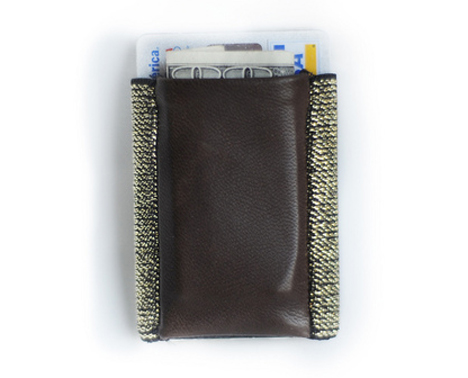
Dan Howarth: So it's educating a whole generation of people about how stuff gets made.
Yancey Strickler: There's this lie about the the global supply chain where we seem to think that iPhones grow on trees and magically fall into boxes; where Amazon ship it 24 hours later and it's this magical, painless process. What you don't see are all the hours of work that went into it, the human hands creating those sorts of things, the many authors who not only created those process but the whole supply chain.
I think it's almost to society's detriment that that's been hidden, because then we don't see the cost of it. We don't understand those things because it just seems so f**king easy. So experiencing that pain and experiencing what it is to make something, a greater understanding of that, I have to believe that in the long term that makes us a more astute and more sophisticated world.
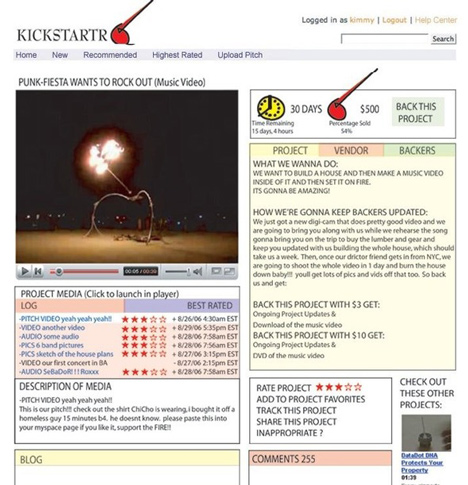
Dan Howarth: How do you ensure that products on Kickstarter are viable ideas, and not fantasies?
Yancey Strickler: We instituted rules about a year and half ago called "Kickstarter is not a store" and there are two chief rules. One was that we prohibited the use of photo realistic rendering and product simulations. I talked to a lot of industrial designers leading up to that - very prominent people - and I talked to them about this idea and I got a fair amount of push back. They said photo realistic renderings are all we use; every print ad in a magazine is a rendering, it's never a physical object. I was like, "Well isn't that a problem? Should you feel ashamed of that? How is it that our language of communicating design is using fake images?" That seems kind of f**ked up.
The typical image of the perfect object on a white background is not very realistic and is selling a certain concept of design that is fairly far from the real world and we very actively try to change that. We encourage designers to show the prototype, show the ugly version made on Shapeways. That's the real s**t and I think that there is an audience for that now that truly understands the nature of design. You can show these early rough versions and you get credibility because you're being real.
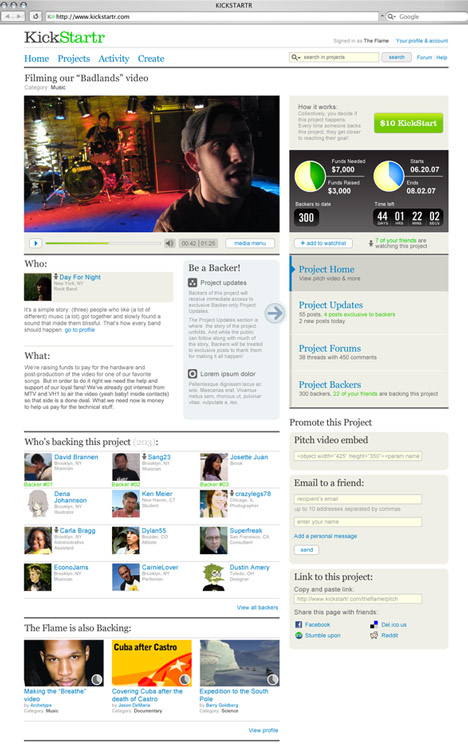
Dan Howarth: Is there anything that ideas that do well on Kickstarter have in common?
Yancey Strickler: The only thing on the Kickstarter page that really matters is the storytelling, meaning like you could put up the Pebble smart watch [Kickstarter's most successful project, which raised $10 million] with a really s**tty video that was really uninteresting and it wouldn't have done anything. I think Eric [Migicovsky, who came up with the Pebble smart watch concept] did a great job of telling that story and framing it.
Things that are beautiful and clever will get repeated by a lot of people and will get in front of eyeballs. I don't think that anyone is any more pro than anyone else or that sort of stuff. An amateur and a seasoned vet can have equal success, especially in product design, and I think that's less about the creator and more about the product itself. So it's kind of unpredictable.
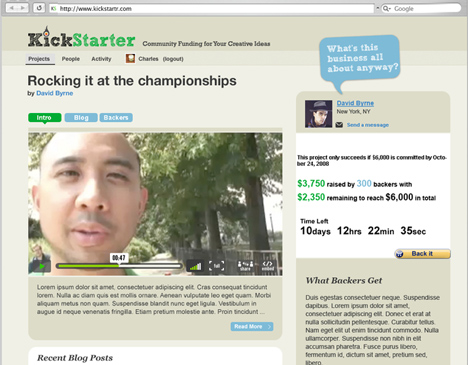
Dan Howarth: How has Kickstarter shifted the balance of power between big brands and individual designers?
Yancey Strickler: A big brand is going to go through who knows how many f**king meetings to decide if something's a priority and then they have more meetings and so many iterations and it's got to be like years since the initial idea and the world does not work in years anymore. Time is now barely days at this point, time is measured in tweets. It's f**king scary.
So I think there's a way that big brands are at a disadvantage. They can throw money at anything but from a creativity standpoint, an individual designer or a small team is in a far better position. But what you see is that Eric comes up with Pebble, then apparently Apple is going to copy it or something. That's what all the Apple rumour blogs are saying. It's interesting when someone creates the idea and someone like Apple then builds off it, makes it fifty times as big. Do we view that as success or failure or what? I have no idea.
The other thing is that I like knowing that my Pebble is made by a guy named Eric and that sense of origin. The mass-manufacture churn of the big brand is obviously something that can hit one million shelves at once and can be an item selling on Amazon or whatever, but I think for an increasing number of consumers they're looking for experiences on a different level. I think it's more interesting because they can have a closer tie and know what's up and to have a story.
I see Pebbles on people's wrists pretty frequently and I'll sometimes ask them about it and they say it's something to brag about. It's not just a watch but it's like "Oh yeah, I heard about the Pebble and I was in on that. I was backer number 480". Especially if you think about the core technology guys and people who want that new tech and want to be in right at the beginning; Kickstarter is heaven for that.
Now it's not even like you're the first one to get it off the shelf, you're the first one to know about it before it even existed. It's as close as you can get to having the idea. So there's a real personal currency in that, that plays into a common emotion that people feel.
So I love those dynamics; I think those are cool. We've seen that already and I think we'll see it more. I'm sure at some point Samsung will create a Kickstarter copycat site to create new Samsung products or things like that. We'll see if the public cares about that.